
In the true sense of the word, Chemotherapy is defined as the use of any drug to treat any disease. Most people however know the word to mean anticancer therapy. This post will focus on Cancer Chemotherapy.
Chemotherapy was initially developed in the early part of the 20th century. Its use was not originally for medical purposes, instead it was intended to be used as a weapon due to the toxic effects on the human body. It was then discovered that the original agents-mustard gas caused toxic changes in the bone marrow cells. During subsequent research, it was discovered that Nitrogen mustard worked to reduce the size of Lymphoma (cancer of Lymph nodes). This kind of cancer is one of the most receptive to chemotherapy till date.
This prompted development of closely related agents (called Alkylating agents) that destroy rapidly dividing cancer cells by causing damage to parts of their DNA.
By 1956, the first cured metastatic cancer was seen. Over the following decades, more were developed and gained popularity.
Statistics: Efficacy and Frequency of Use
Despite initial claims of cytotoxic drugs (anticancer drugs) to be the gold standard for eradication of most or all cancers, recent studies have shown that their efficacy is limited to a small group of patients and also noted more in malignancies occurring in a lesser part of the oncology pool.
According to statistics done in the US, the most impact is seen in patients with Hodgkin's Lymphoma with survival rate at 40.3 percent and testicular cancer at 37.7 percent over a 5 year period.
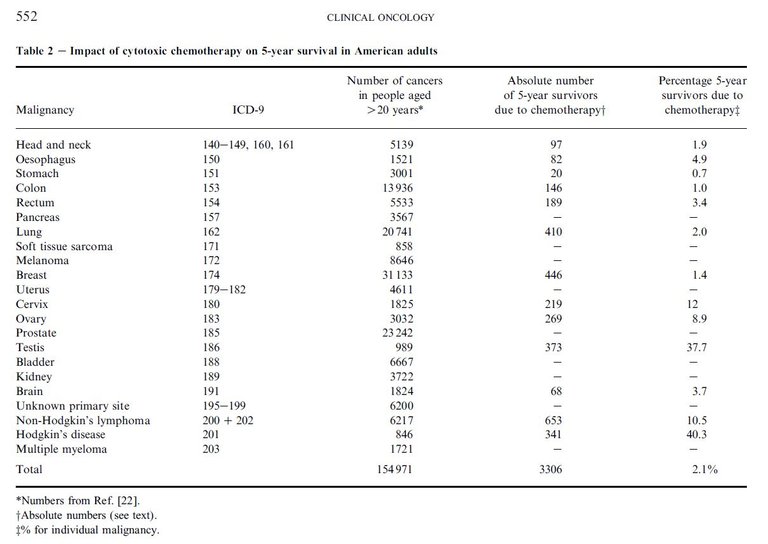
Their frequency of use seems to be a lot higher in developed countries as opposed to their minimal use in underdeveloped and developing countries. The overall impact on the quality of life needs to be studied more to know the exact nature and level of benefits derived from the use of chemotherapy.
Groups of Cancer Chemotherapy Drugs. How they work.
There are different classifications of cancer chemotherapy drugs, however, based on their mechanism of action, they can be divided into three (3) main groups.

- Drugs that Stop the Synthesis of Building Blocks of DNA: These drugs work by interrupting the formation of the DNA by blocking the precursors such as nucleotide, Folic acid and other bases. Interrupting the formation of these precursors in the cells effectively interrupts the replication of the DNA and the cancer cells. The most common example is Methotrexate (Abitrexate) which inhibits Folic acid reductase. This enzyme is responsible for conversion of Folic acid to tetrahydrofolic acid and is then used in synthesis of the direct building blocks- thymine, cytosine, uracil, adenine and guanine. 5-Fluorouracil inhibits the synthesis of thymidine nucleotide. Similar drugs include Gemcitabine, arabinosylcytosine. Others in this group are hydroxyurea and mercaptopurine (Purinethol®).
- Drugs that Directly Damage the DNA in the Nucleus of the Cell: This group of drugs directly cause destruction of the RNA and DNA by either disrupting their replication of causing the production of abnormal DNA which codes for nothing useful. Examples include Cisplatin, Daunorubicin, Doxorubicin (Adriamycin), Etoposide (VePesid®). Doxorubicin and Daunorubicin are from a group of drugs known as Anthracyclines. They block an enzyme called Topoisomerase II which prevents the relaxation of supercoiled DNA. This prevents DNA transcription and replication.
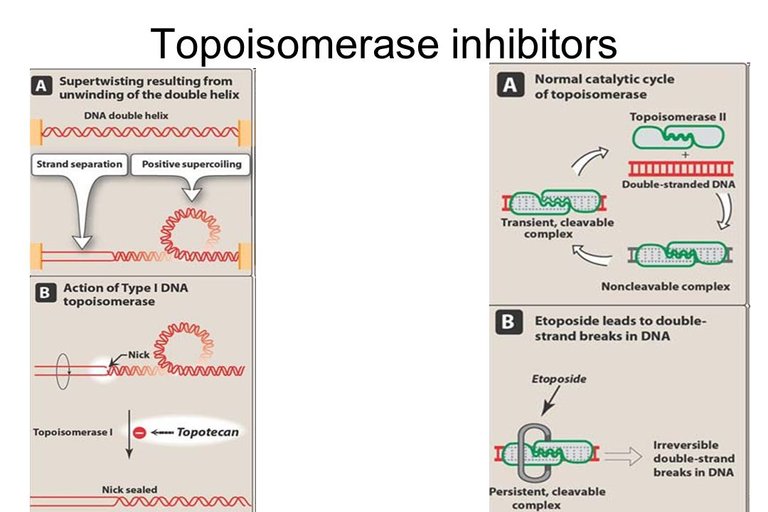
- Drugs that Effect the Synthesis or Breakdown of the Mitotic Spindles: Mitotic spindle is the macromolecular machine that segregates chromosomes/DNA to two daughter cells during mitosis (cell division/multiplication). Due to their importance in sharing the two new DNA copies into new cells, drugs in this group work to either block their synthesis or cause their breakdown. Examples of drugs in this group are: vinblastine, vincristine (Oncovin®), Pacitaxel.
Most of these drugs do not differentiate between normal and abnormal cells. This causes damage to normal cells too with the result as the side effects seen in patients.
How Cancer Chemotherapy Drugs are Given
The method of administration of these drugs as well as the doses and duration are determined by a lot of factors. The patients height, weight, particular kind of cancer, location of the cancer, particular drug to be administered and the patient's current state in terms of blood indices and even mental health are all considered. These are necessary to avoid overdose or underdose and to minimize the possibility/severity of side effects.
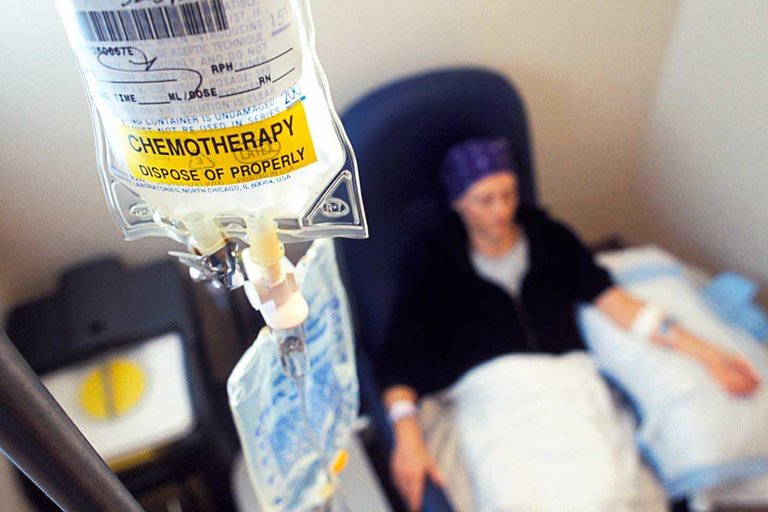
There is the intravenous route where the drugs are introduced directly into the bloodstream through the veins. It could be through continuous drips lasting hours at a time or a quick push. Intramuscular drugs are injected into large muscle groups especially the buttocks or thigh muscles. Some can be taken orally or subcutaneously where they are injected under the skin. Finally the intrathecal route. Here the drugs are directly injected into the spinal canal at the lower back. Extreme care is taken to avoid any damage to the spinal cord.

Most cancer chemotherapy regimens are done in cycles and could last from a couple of weeks to months; sometimes over a year depending on the response of the cancer to the chemo drugs.
Side Effects of Cancer Chemotherapy
Due to the damage done on normally quickly dividing cells in the body like cells in the bone marrow, intestinal walls, mucosa of the mouth, throat and hair follicles, corresponding side effects are noticed. Not all patients experience the same set of side effects.
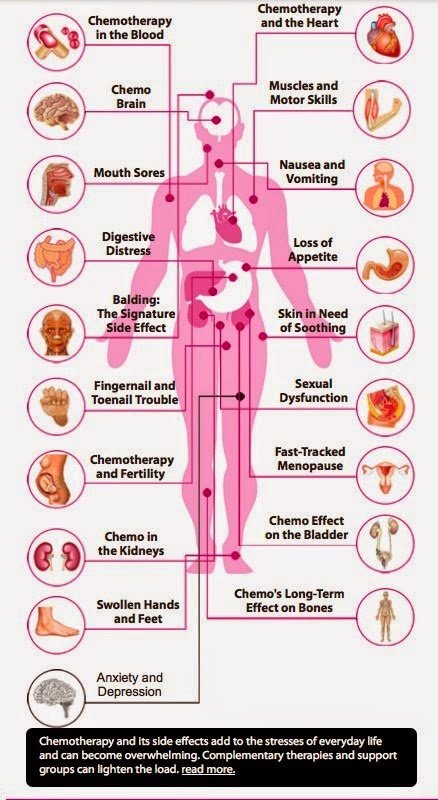
The most common side effects:
- Fatigue
- Hair loss
- Vomiting and nausea
- Anemia (low red blood cell count) due to bone marrow supression
- Easy bruising and bleeding
- Recurrent infection
- Hyperpigmentation (Darkening of the skin)
- Infertility
- Sometimes due to brain toxicity and cardiotoxicity, tremors and heart blocks may be seen.
Certain everyday drugs interact with chemotherapy drugs or worsen side effects. A good example is Aspirin. It is antiplatelet aggregation. Platelets are important for stopping bleeding. Therefore in patients that are already having easy bruising and bleeding, this may be problematic. Even the most "harmless" supplements should be taken only after the doctor's review.
The Future of Cancer Therapy
The challenges/limitations associated with cytotoxic drugs remain that they destroy too many healthy cells in the process of destruction of the cancer cells and until more cell-specific drugs are developed, these limitations will remain and more lives still lost.
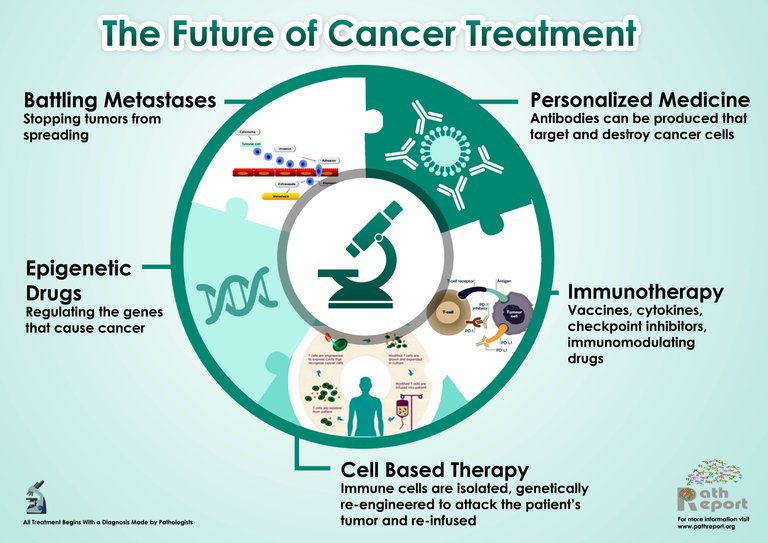
There is hope for the future as there are lots of research work focused on cell-specific treatment for cancer. Some of these research works are still in theoritical phases. Hopefully in a few years time, hair loss and fingernail breakdown during chemotherapy will be a thing of the past with lots of fatalities from cancer prevented.
THANKS FOR READING.
References:
Chemistry Libretexts
Cancer Cell Treatment
PubMed-NCBI
American Cancer Society
News Medical
Cancer Research, UK
Chemo Care
This is a good article on cancer and its treatment with chemotherapy. I have great hope for new treatments like personalized medicine. I'm also trying to increase my odds of not being affected by cancer through improvements in my diet and exercise routine. Maybe someday this will be a thing of the past.
That's great. Diet and exercise help significantly to lower the risks of developing a lot of illnesses. Keep it up
Thank you the excellent information. My dad of 75yrs has been diagnosed with prostate cancer, and he has opted out of any treatment due to his age AND the fact that he is not feeling ill.
They wanted to remove his bladder and prostate, and follow it up with chemotherapy and radiation. It's difficult for the people around them to get use to the idea of "no treatment", but it forced me to look into alternative treatment.
Sorry to hear that. I wish you the best.
Thank you! We take it one step at a time.
Lets up our fight against caners. Thanks for such an educative blog
I really think the future here lies in monoclonal antibodies and other targeted therapies. VEGF inhibitor might have been a let down but other things will come along soon and they can't all be disappointments!
You're right. There are lots of drugs in the works. Something has to work some time, right?
Once cancer at a time I think we'll start seeing targeted therapies work really well. Only time will tell though!
Congratulations @stanleyc-md! You have completed some achievement on Steemit and have been rewarded with new badge(s) :
Click on any badge to view your own Board of Honor on SteemitBoard.
For more information about SteemitBoard, click here
If you no longer want to receive notifications, reply to this comment with the word
STOP